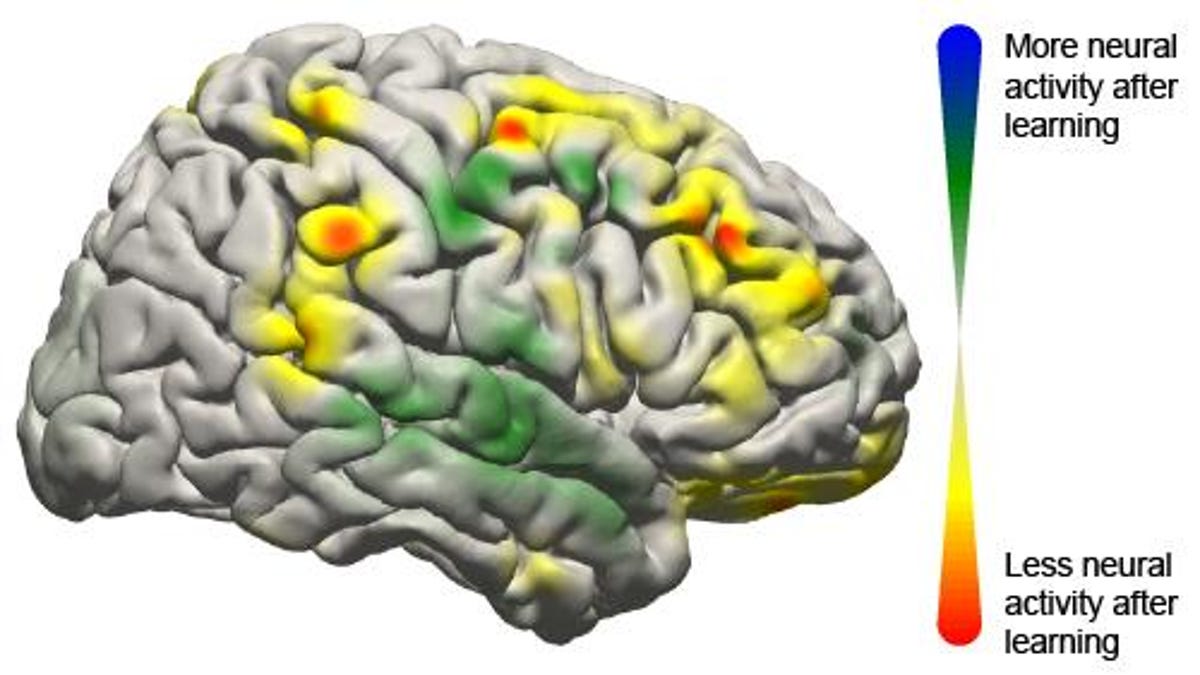Mind-controlled cursor may be easier than previously thought
University of Washington researchers discover that, when learning to control a cursor with thoughts alone, the brain behaves within mere minutes as if it is performing basic motor skills.

When scientists at the University of Washington recently drilled into the skulls of seven people with severe epilepsy and placed thin sheets of electrodes directly onto their brains, they were surprised by the brain activity they observed.
While physicians were studying neuro activity to investigate seizure signals, a separate team of bioengineers was simultaneously on the lookout for exactly how the brains of the seven volunteers behaved as they learned to move a cursor using their thoughts alone. It turns out that, in as few as 10 minutes, activity went from being centered on the prefrontal cortex, which is associated with learning new skills, to areas seen during more automatic functions, such as waving one's hand or kicking a ball.
In other words, in just a matter of minutes these brains behaved as if they had already mastered these Jedi mind tricks.
"What we're seeing is that practice makes perfect with these tasks," Rajesh Rao, a UW professor of computer science and engineering and a senior researcher involved in the study, said in a school news release. "There's a lot of engagement of the brain's cognitive resources at the very beginning, but as you get better at the task, those resources aren't needed anymore and the brain is freed up."
Rao and colleagues, who call this "distributed cortical adaptation," published their findings online Monday in the Proceedings of the National Academy of Sciences. They say that the electrodes on the volunteers' brains picked up the signals that directed the cursor to move and sent them to an amplifier and then laptop for analysis, which in just 40 milliseconds resulted in updated cursor movement on the screen.
Brain-computer interfacing, sometimes called mind-machine interfacing, is an emerging field that holds tremendous promise for those who are paralyzed or cannot speak -- or, let's be honest, for avid gamers. And while previous work has already demonstrated success by humans as well as monkeys using these interfaces, this is the first to actually map neurological signals throughout the brain as the task is being learned.
"We now have a larger-scale view of what's happening in the brain of a subject as he or she is learning a task," Rao said. "The surprising result is that even though only a very localized population of cells is used in the brain-computer interface, the brain recruits many other areas that aren't directly involved to get the job done."
The better researchers understand the brain's involvement in learning and mastering these tasks, the better the resulting interface may be. And while the current hardware involved is, at its best, pretty darn invasive (devices placed on heads instead of implanted onto brains do a poorer job of picking up neural activity), who knows what kind of headbands the future holds.

